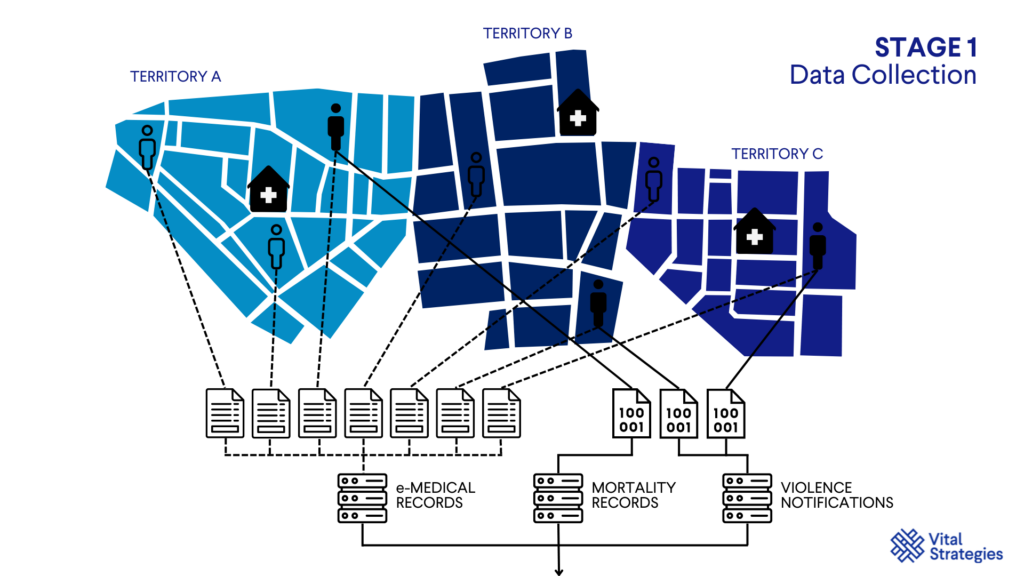In Brazil, a striking majority of gender-based violence (GBV) remains uncounted and unseen. Brazilian public health systems data indicates that only 13% of GBV records come from primary care units. Mostly, the notification of suspect cases only happens when the victim is admitted to a hospital and filling in the records is mandatory for health professionals.
It means the health services are missing opportunities to address violence against women earlier!
Vital Strategies is aware of the fact that health systems can play a fundamental role in preventing and responding to gender-based violence. We partnered with FrameNet Brasil, a Natural Language Processing lab at the Federal University of Juiz de Fora, to pioneer a project that combines AI and expertise in public health surveillance.

The project uses linguistic analysis methods to read and map patterns in the open-text fields of electronic medical records filled out in health units. This information, which adds a more subjective factor to the analysis by including observations made by health professionals at the time of care, are cross-checked with other databases: violence reporting, hospitalization, and death systems.

By identifying correlations within the data and crossing records of the same person through different systems (using methodologies that guarantee anonymization and privacy), it is possible to identify risk factors for violence and patterns that suggest women registered in the health systems are possible victims of violence.

The goal is to create tools for early warning and intervention that better equip health teams, local authorities and policymakers to design and apply best practices and public policies for identifying and responding to potential cases of GBV. To ensure the tools will work according to the government’s structure to assist victims with the service network, the initiative counts on the partnership with public health authorities in Brazil to build its usage protocols.

When GBV is identified early, it is possible to ensure the root causes of the problem are addressed and the cycle of gender-based violence can be broken before it is too late.


